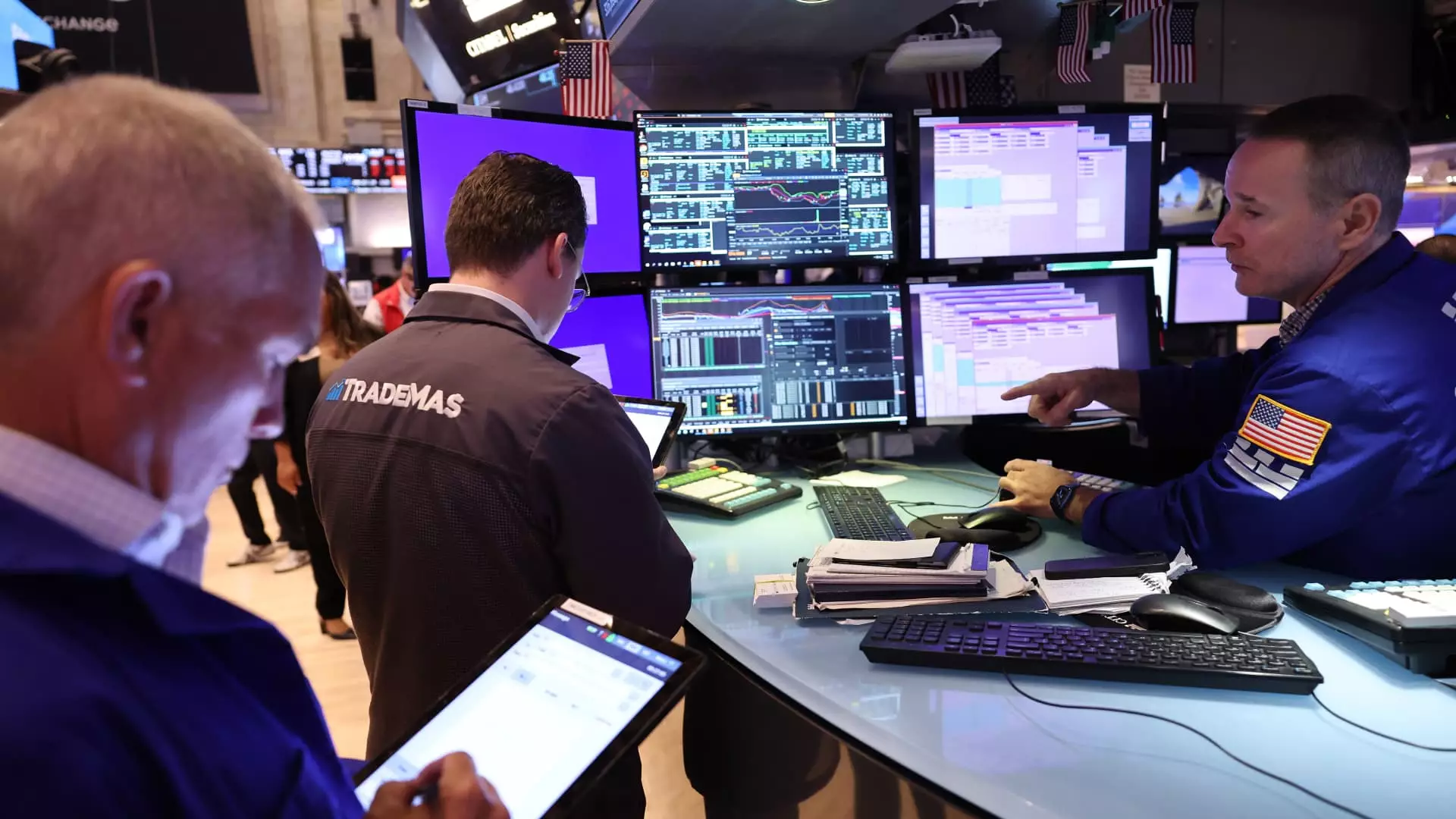As summer transitions into fall, September is notorious for its market fluctuations. Investors often brace themselves for a tempestuous month marked by heightened volatility. This year, the challenges loom even larger for those heavily invested in Big Tech, a sector significantly impacted by both macroeconomic shifts and investor sentiment. Nonetheless, amid the uncertainty, investment vehicles like the Alliance Bernstein (AB) US Low Volatility Equity ETF are gaining traction, strategically positioning themselves to weather the storm.
Low-volatility exchange-traded funds (ETFs) are increasingly recognized for their potential to deliver stability in turbulent times. The AB US Low Volatility Equity ETF is an intriguing option that defies the conventional perception of risk versus return. With major allocations to tech titans like Microsoft, Apple, and Alphabet, the ETF showcases a unique blend of growth and resilience. According to Noel Archard, the global head of ETFs and investor solutions for Alliance Bernstein, technology remains integral to our daily lives, yet it’s important to recognize the diverse opportunities across various sectors.
In contrast, the Invesco Low Volatility ETF leans towards more stable, traditional holdings such as Berkshire Hathaway, Coca-Cola, and Visa. While these stocks may offer security, they lack the explosive growth potential seen in tech. Archard emphasizes that there is still merit in including historically low-volatility stocks like consumer staples and financials. These assets serve as safety nets—“bumpers” in investment strategy jargon—that can mitigate risk during turbulent market conditions.
The AB US Low Volatility ETF has shown commendable performance amid the current market chaos, boasting a 16% increase year-to-date as of Wednesday’s close. Such results illustrate the viability of a thoughtful approach to portfolio construction, especially in today’s market landscape. Archard points out that investors often underestimate volatility until it surges into the spotlight, reaffirming the necessity of a well-rounded investment strategy.
While traditional wisdom often emphasizes the need for high-risk investments to achieve superior returns, the increasing popularity of low-volatility strategies reflects a shift in investor sentiment. More individuals appear willing to prioritize stability over exuberance as they navigate a landscape fraught with potential downturns.
September’s historical volatility underscores the necessity for adaptable investment strategies. Low-volatility ETFs, such as the AB US Low Volatility Equity ETF, offer a safeguard that may appeal to both risk-averse investors and those seeking a balanced portfolio approach. As technology continues to intertwine with every aspect of life, the blend of growth stocks and traditional staples could provide a robust framework for weathering uncertainties. Ultimately, in an era defined by unpredictability, prioritizing stability might just be the most intelligent investment move one can make.

